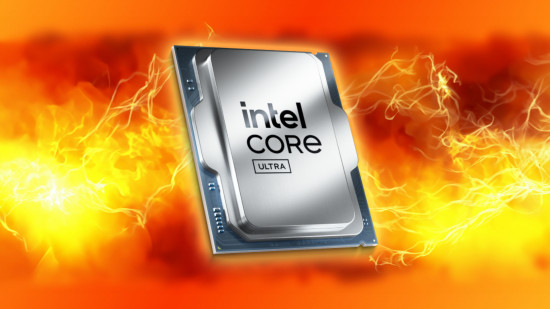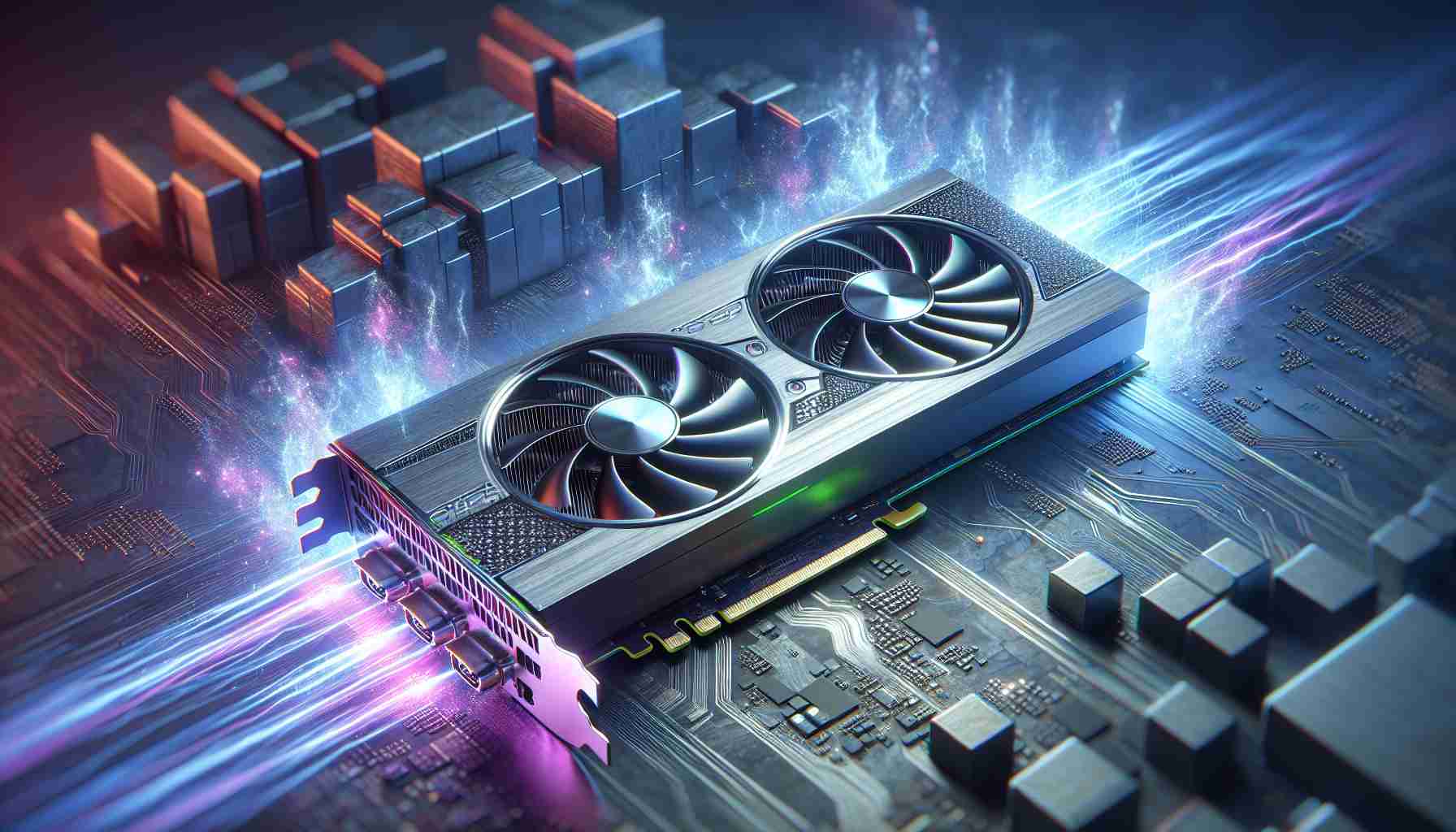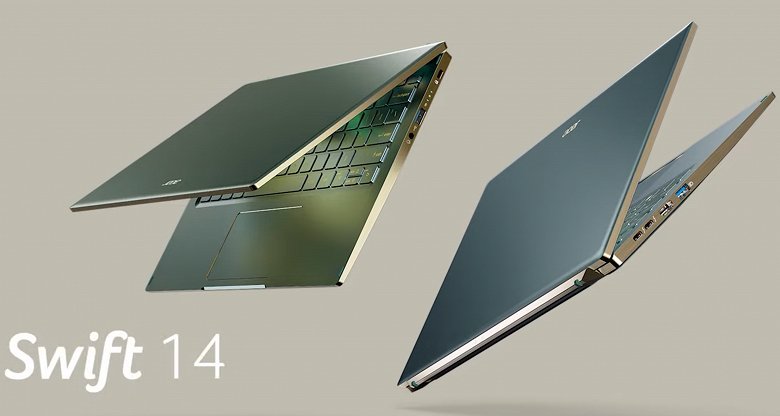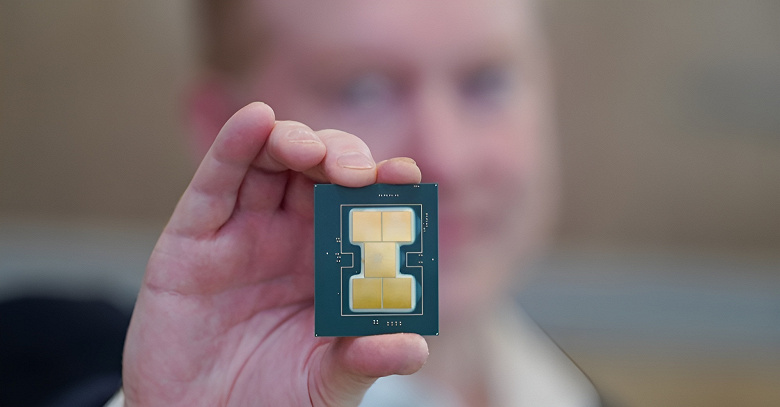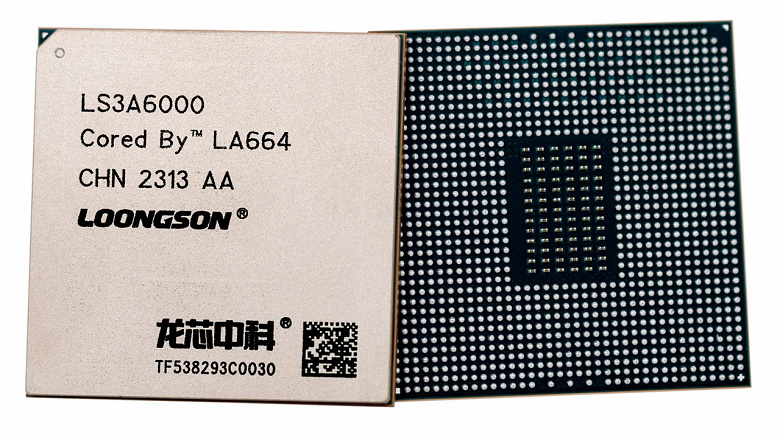Problems with the 10-nm process technology continue to ruin Intel’s plans, and 7 nm wait a long time
Intel’s management has repeatedly promised in public that within the framework of 7-nm technology it will be able to return to the usual frequency of lithographic technology changes – once every two or two and a half years. The debut of the computing accelerator Ponte Vecchio, which will be the first-born in the 7-nm process technology, is scheduled for the very end of 2021. The mass production of 7-nm Intel products will not be able to start before 2022.

